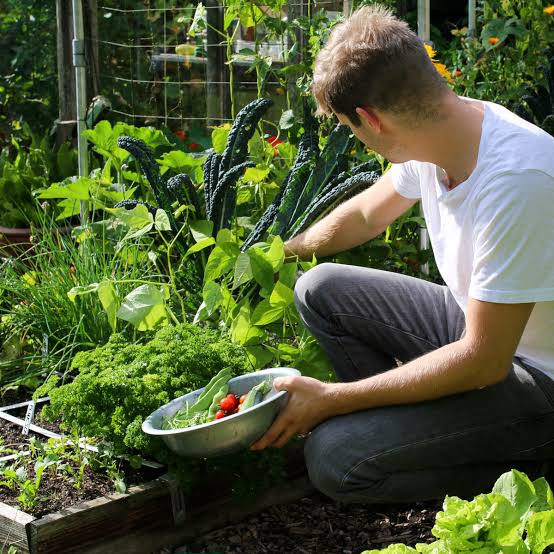Nothing feels more rewarding than growing your own vegetables. Not only does it save money and guarantee fresh produce, but it’s also a fun hobby that connects you with nature. Imagine serving a salad made from lettuce, tomatoes, or cucumbers you planted yourself—your friends will be amazed at your gardening skills!The best part? You don’t need a huge backyard or years of gardening experience. With the right steps, anyone in the United States, United Kingdom, or Canada can learn how to plant vegetables and enjoy a thriving garden. In this guide, we’ll walk through everything from soil preparation to harvesting, so you can 🎉 impress your friends with how to plant vegetables!🌱 Step 1: Choose the Right VegetablesNot all veggies grow equally well in every climate or space. Start with easy-to-grow vegetables if you’re a beginner.Beginner-friendly options: Lettuce, radishes, spinach, carrots, and beans.Warm-weather veggies: Tomatoes, peppers, zucchini, and cucumbers.Cool-weather veggies: Kale, broccoli, peas, and cabbage.Tip: Pick vegetables that you and your family love to eat.🌿 Step 2: Find the Perfect LocationVegetables love sunlight—most need at least 6–8 hours of direct sunlight daily.Backyard gardens: Pick a flat area with good drainage.Balcony or patio gardens: Use pots, raised beds, or grow bags.Indoor gardening: Grow herbs or leafy greens with the help of grow lights.🌾 Step 3: Prepare the SoilHealthy soil equals healthy plants.Remove weeds and rocks from the area.Mix in compost or organic matter for nutrients.Check soil pH (most vegetables thrive in pH 6–7).If planting in containers, use high-quality potting soil instead of regular dirt.🌱 Step 4: Plant Your Seeds or SeedlingsDirect SeedingSome vegetables (carrots, radishes, beans) grow best when planted directly in the ground. Follow packet instructions for depth and spacing.Transplanting SeedlingsOthers (tomatoes, peppers, broccoli) benefit from starting indoors and then moving outside. This gives them a head start on growth.Pro tip: Label rows or containers so you don’t forget what’s planted where.💧 Step 5: Watering the Right WayWater is essential, but balance is key.Water early in the morning or late afternoon.Keep soil moist but not soggy.Use a drip irrigation system or watering can for efficiency.Container plants may need more frequent watering than garden beds.🌸 Step 6: Maintain and Care for Your GardenWeeding: Remove weeds regularly so they don’t steal nutrients.Mulching: Add straw or wood chips around plants to retain moisture and reduce weeds.Fertilizing: Feed plants with compost tea or balanced fertilizer every few weeks.Pest Control: Use natural methods like neem oil or companion planting (e.g., marigolds to deter pests).🥕 Step 7: Harvesting Your VegetablesThis is the fun part! Harvest when vegetables are at their peak for the best taste.Lettuce and spinach: Pick leaves when young and tender.Tomatoes: Harvest when fully colored and slightly firm.Carrots and radishes: Pull when roots are firm and bright in color.Regular harvesting encourages more growth and keeps your garden productive.🌿 Creative Ways to Impress Your FriendsInvite friends over for a garden-to-table dinner using your harvest.Share homemade veggie baskets as thoughtful, eco-friendly gifts.Post before-and-after garden pictures on social media to show your progress.Teach a friend or neighbor how to start their own vegetable garden.ConclusionGrowing your own vegetables is a rewarding and practical skill. From choosing the right crops and preparing soil to watering, maintaining, and harvesting, the process is easier than you might think. By following these steps, you’ll not only enjoy fresh, organic produce but also 🎉 impress your friends with how to plant vegetables!So grab some seeds, prepare your space, and start planting today. Every bite of your homegrown veggies will taste even better knowing you grew them yourself. 🌱🥕🍅

